
Thanks for joining me for Part Five of my Tomorrowland series.
In case you missed the previous parts:
Part 1 – Tomorrowland An Overview – Flight to the Moon – Mission to Mars
Part 2 – Circle-Vision movies – If You Had Wings – Dream Flight
Part 3 – Skyway – Star Jets – WEDWay PeopleMover
Part 4 – Carousel of Progress.
Today I’ll be discussing Space Mountain and the Grand Prix Raceway. As a reminder, so far I’ve only discussed the “old” Tomorrowland. So if I don’t answer all of your questions about these two attractions today, chances are I will in parts six through eight when I describe the “new” Tomorrowland.
Enjoy.
After the success of the Matterhorn, Walt realized that his team of Imagineers could create themed coasters that would be appropriate for his park. So when planning began for Disneyland’s new Tomorrowland in the early 1960’s, he approached John Hench with an idea for a “Space Port” anchored by a futuristic coaster. Hench came back with an idea similar in concept to the Matterhorn, another indoor/outdoor coaster. By 1966, the name had evolved from Space Port to “Space Mountain.”
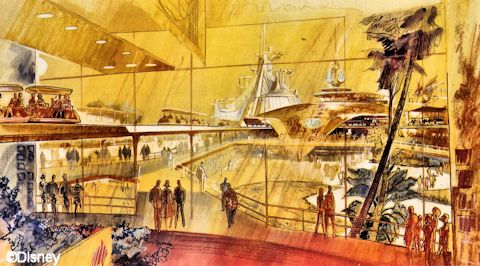
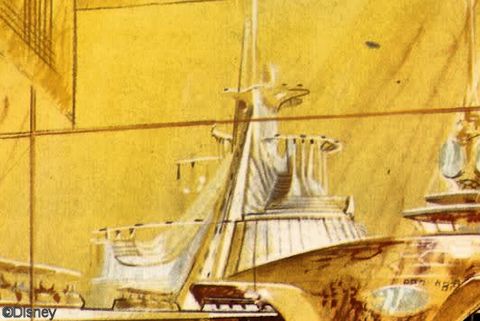
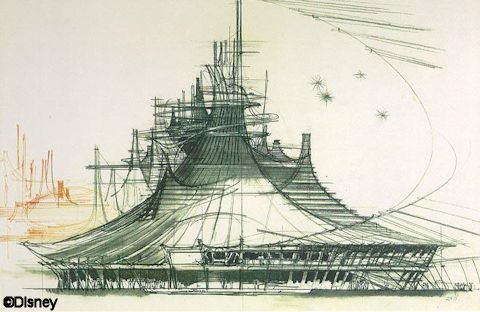
Original ideas for Space Mountain called for the attraction to have four separate tracks. However, the technology of the day did not allow for this nor was there enough land in Tomorrowland for a structure large enough to house this many trajectories. Further setbacks came to the mountain when the Disney Company decided to move forward with Disney World and vast amounts of money were now being funneled into this new project. Ultimately, Space Mountain was scrapped from Disneyland’s expansion plans and was put on hold for a later date. Disneyland’s new Tomorrowland opened in 1967 without a major thrill ride. Space Mountain would not premiere here for another ten years and finally opened May 27, 1977, two years after the one at the Magic Kingdom. If you study the next piece of concept art closely, you can see that Space Mountain is missing (upper-right side of the picture). By the way, I was chosen to be one of the two official hosts for the Disneyland Space Mountain press event to open this attraction.
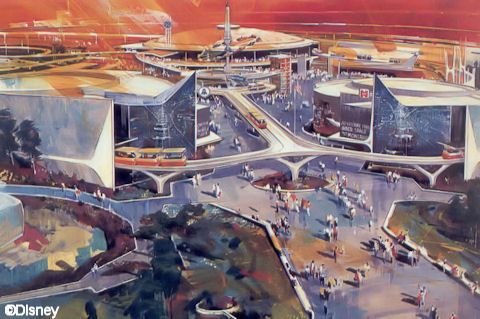
Although people loved the new Magic Kingdom in Florida, it became obvious early on that the park needed some thrill rides to appeal to teens and young adults. A second Matterhorn was considered for Fantasyland, but there wasn’t enough room for it. The Imagineers then focused their attention to the unfinished Tomorrowland and old Space Mountain plans were dusted off. Here is an early concept drawing for the Florida version of this attraction.

Literally hundreds of outside companies were contracted to help build Walt Disney World and one of these was RCA. RCA was charged with providing the communications hardware for the resort. As is tradition, Disney is always looking for other companies to help fund their attractions. To that end, the contract between Disney and RCA also called for Disney to present any appropriate rides to RCA for future sponsorship consideration. When planning resumed on Space Mountain, it seemed like a perfect fit and Disney CEO Card Walker persuaded RCA Chairman Robert Sarnoff to fund Space Mountain for a mere $10 million.
As with any attraction, Space Mountain went through a number of changes during the design process. One early plan called for the attraction to be placed near Carousel of Progress, in approximately the same spot as Disneyland’s copy. But by the time the Magic Kingdom opened in 1971, plans had been finalized and called for Space Mountain to be placed due west of Cinderella Castle, outside the park-encompassing WDW Railroad. This placement necessitated the building of a tunnel that would take guests under the train tracks to reach the loading area. The help make an otherwise boring walk more interesting, the Star Corridor was created. This consisted of star fields and spacecraft displayed behind convex windows which warped their shapes as you passed by. This tunnel also allowed guests’ eyes to acclimate to the darkness before boarding.
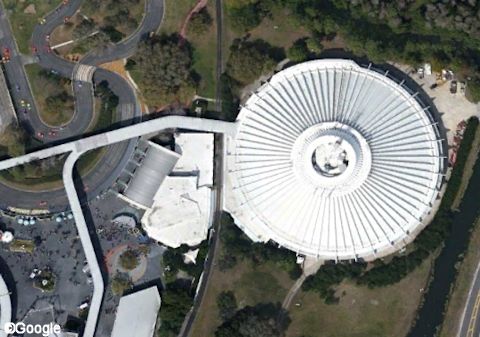
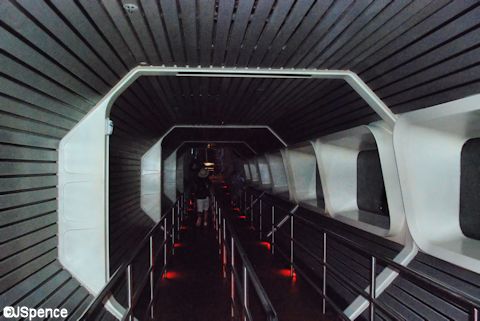
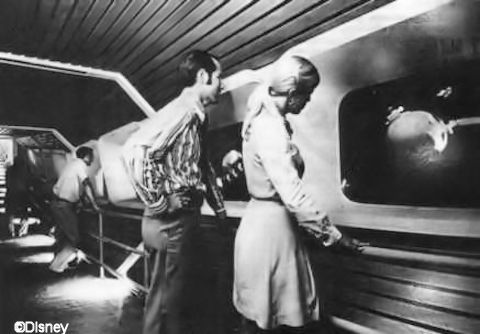
Other plans called for a Tomorrowland Station for the WDW Railroad. However, it was decided that the close proximity to Space Mountain would cause too much congestion in the area and the idea was scuttled. Today, the Storybook Circus railroad station acts as the jumping off point for both Fantasyland and Tomorrowland. This station did not exists when the Magic Kingdom initially opened. It was added in 1989 as part of the Mickey’s Birthdayland celebration.
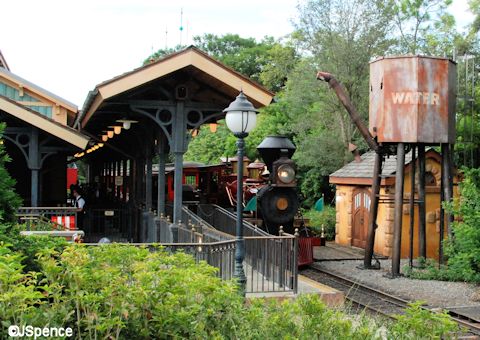
Another idea that was dismissed was the indoor/outdoor track system that was used on the Matterhorn. It was decided that an all-indoor attraction gave the Imagineers better control over the inky-dark environment they wanted to create. Thus, Space Mountain would become the world’s first all-indoor roller coaster.
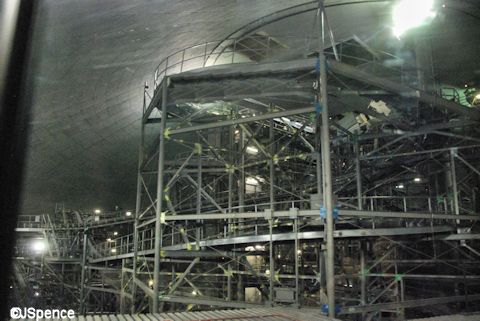
Space Mountain stands 183 feet above ground, has a diameter of 300 feet, and a volume of 4,508,500 cubic feet. The basic structure of the mountain is composed of 72 massive pre-stressed concrete beams resting on inner and outer circular platforms. Each of the 74-ton concrete beams was cast near the Space Mountain site and then hoisted into place by mammoth cranes. Each beam is 117 feet long, 13 feet wide at the bottom, and 4 feet wide at the top.
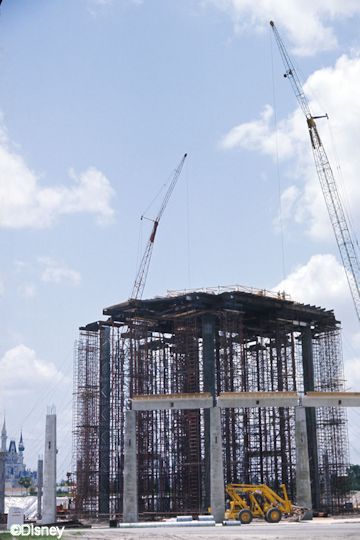
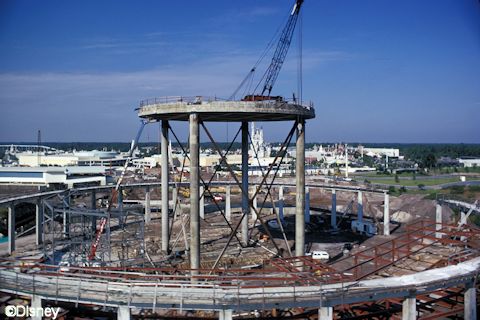

Construction took approximately two years and the ride officially opened to guests on January 15, 1975. Although the hoped for four track system was not realized in the Magic Kingdom’s version of Space Mountain, two tracks (Alpha and Omega) were constructed. The space voyages presented are almost mirror images of each other with one side offering 3,186 feet of thrills and the other 3,196 feet. The ride takes approximately two and a half minutes.
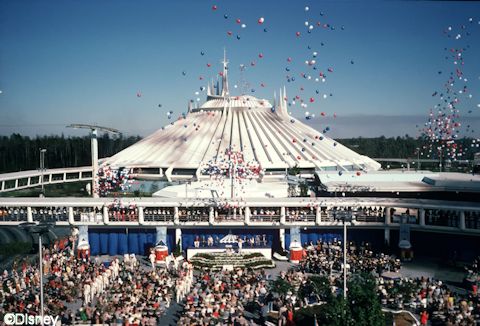

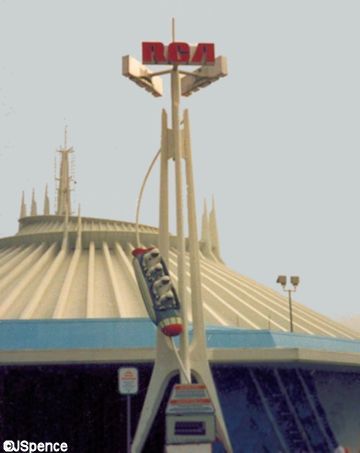
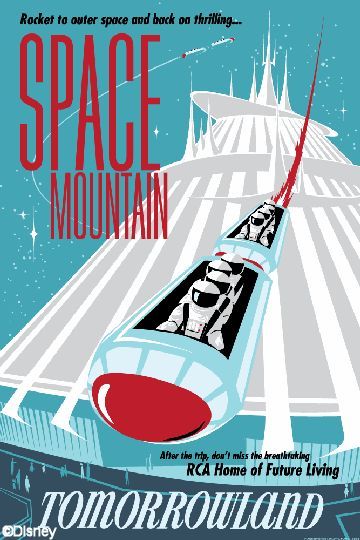
In the early years, the seating configuration for Space Mountain was modeled after the Matterhorn’s. Each rocket only had two seats and passengers 3 and 4 were expected to sit “in the lap” of passengers 1 and 2. This can be seen in the first two pictures below. This seating arrangement lasted until 1989 when a third seat was added to each rocket and lap sitting eliminated. Although this technically reduced capacity, it made loading and unloading quicker. It also made guests much happier. Picture three below shows the new 3-seat configuration. You can also see the older “square” lap bars in this photo. These lap bars were later replaced with a “T” configuration that allows for more legroom (forth picture).
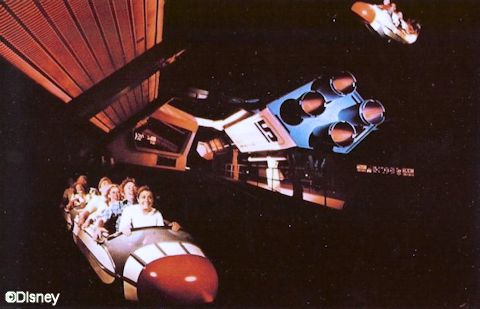
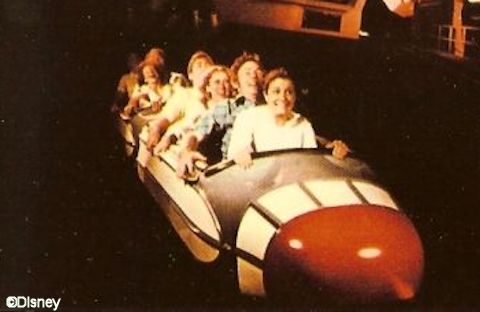
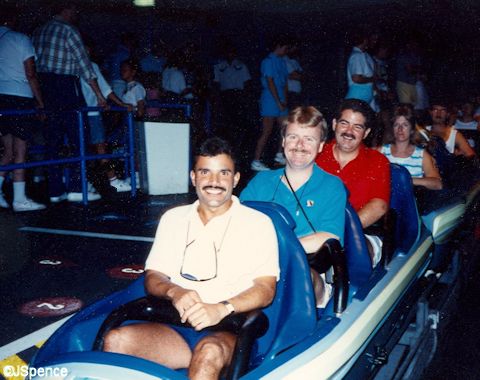
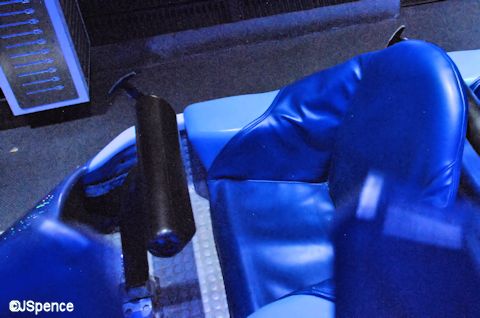
To exit Space Mountain, guests once again had to travel the length of the structure to arrive back in Tomorrowland. However, the return trip was facilitated by a moving ramp. Along the way people were treated to RCA’s “Home of Future Living.” This journey took them passed a futuristic home complete with patio, nursery, family room, a recreation room, front door, kitchen, young girl’s bedroom, and finally an entertainment center. Each room had sharply angled walls and was connected to the next by a stairway. And every room had a rudimentary AA figure using some sort of audio-visual device. For example, a female member of the household was taking a pottery class via a 2-way TV. The baby’s activities in the nursery were monitored by a closed-circuit television. And a young girl and boy watched a football game on a wall-sized screen. In the background, the forgettable song “Here’s to the Future” played. In a way, this collection of tableaux was a less sophisticated version of Horizons.
After passing these scenes, guests discovered another AA character pointing a video camera at them. Ahead, nine suspended TV monitors broadcast images of those passing by on the Speedramp.
Of course, RCA manufactured consumer electronics and they wanted to showcase what their products could do for you. After all, they had paid $10M to sponsor this attraction.
Over the next ten years, scenes were modified slightly, but the overall presentation stayed pretty much intact. It wasn’t until the completion of a major rehab in late 1985 that things change significantly in this area. For the most part, the Home of Future Living had been removed and replaced by surreal depictions of a faraway planet. The exhibit was called RYCA-1. It was the Imagineers’ intention that guests witness what life would be like living on a distant space colony. These scenes remain somewhat intact to this day.
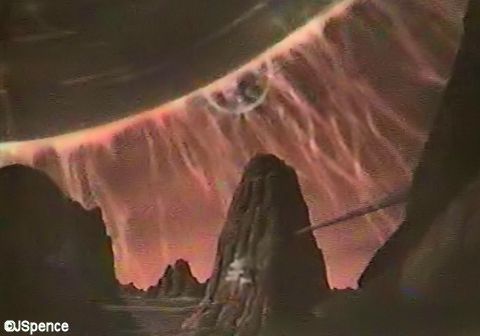
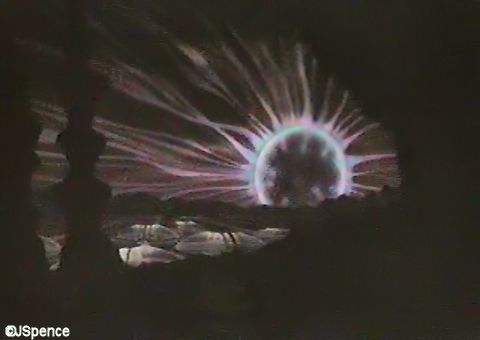
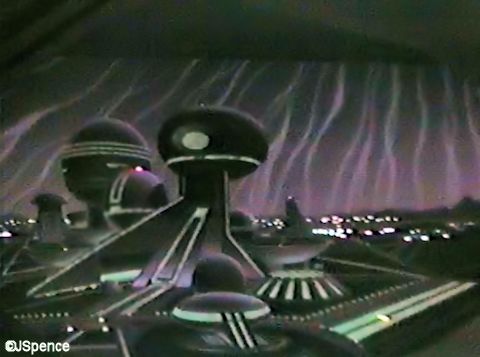
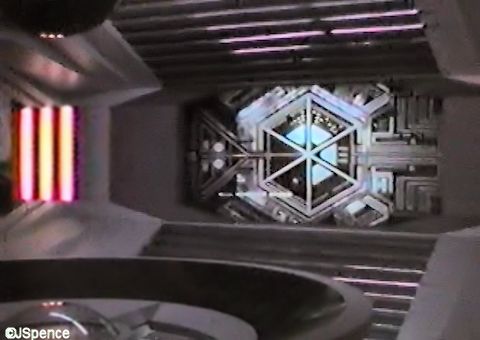
RCA decided to end their sponsorship in 1993 and FedEx took over the next year. With this change in funding, cosmetic changes were made throughout the attraction and FexEx’s logo was prominently added wherever possible. The post show scenes were also given a new storyline. Now guests could witness FedEx “beaming” packages to remote regions of the galaxy.
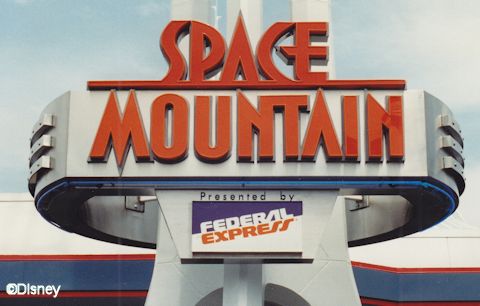
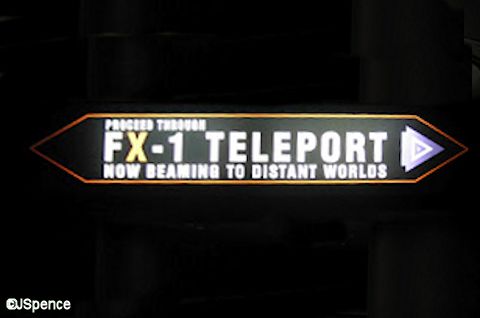
This completes my look at Space Mountain for the time being. Now let’s take a visit to the Grand Prix Raceway.
To fully understand the Gran Prix Raceway (now Tomorrowland Speedway), you need to understand history. And not just Disney history, you need to be aware of what was happening in the world during the Magic Kingdom’s planning stage. But in order to do that, we must first go back to Disneyland’s humble beginnings.
Los Angeles was a pioneer in building superhighways. In 1940, the first freeway in the United States opened between Los Angeles and Pasadena. From that point on, more and more freeways were added to the area. Soon, Southern California and automobiles became synonymous.
The Santa Ana Freeway, the main route from Los Angeles to Anaheim and Orange County, was not completed until 1956. This meant that Walt was forced to take many surface streets to reach Disneyland from Burbank during the park’s construction. Walt was a firm believer that technology could solve the problems of the world and the Interstate System was a step in the right direction. In addition, this new system of roads would improve his own commute and that of the future tourist who would visit Disneyland. It’s interesting to note, many of the trees and shrubs of Disneyland’s Jungle Cruise came from the land being cleared for the Santa Ana Freeway.
Walt wanted his Tomorrowland to showcase a bright and beautiful tomorrow. And the burgeoning Interstate System was a shining beacon to that end. Kiddie-cars and bumper cars had been a staple of carnivals and fairs for years, but Walt wanted to do something more inspiring. Thus, the Autopia was born. Autopia is the combination of the words Automobile and Utopia.
The Autopia was to be a miniature version of the Interstate System. It would highlight just how efficient this new transportation system would be. It would have overpasses and underpasses, straightaways and gradual curves. Its appearance would mirror that of the Los Angeles system. It would even have a cloverleaf design.
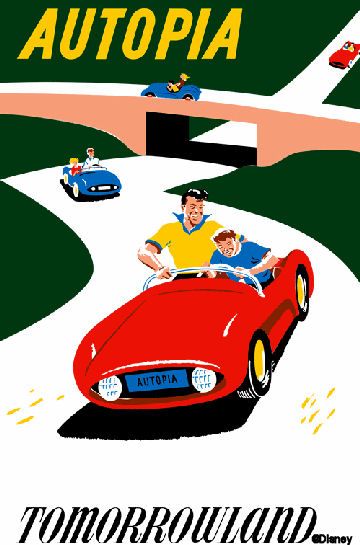
The Autopia was also intended to be a training ground for young drivers. With high speed travel now available to everyone, Walt wanted to provide a safe environment for kids to learn how to navigate this new roadway responsibly.
During the Autopia testing period, 36 miniature cars were turned over to the children of Studio personnel. Within 10 days, the fleet was reduced to 6. The kids had no desire to learn how to drive responsibly. They wanted to crash into one another. To remedy the problem, a whole-vehicle, spring-loaded bumper was installed around the entire car.
In the early years, there were no guiderails down the middle of the Autopia highway. Kids actually steered the cars and could easily hit the curbs on either side of the road. There were even wide spots in the road where the young motorists could drive side-by-side and even pass one another. Of course this did not add to the longevity of the cars (or the curbs) and in 1965 the infamous guiderail was added. Kids could still steer their vehicle, but their maneuverability was greatly reduced.
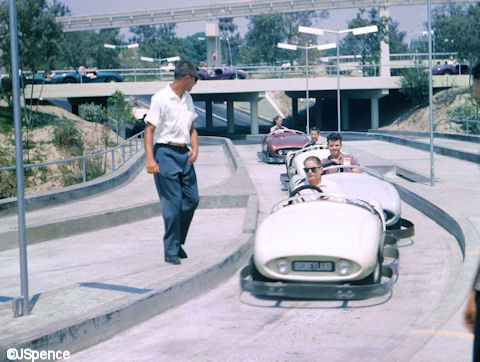
By the time planning had begun for the Magic Kingdom at Walt Disney World, the Interstate System was old hat and less than exciting. Yet the Imagineers knew they wanted to offer young drivers a place to feel the freedom of the road. Thus, the Grand Prix Raceway was born. Rather than have a two-lane highway, this “international” course would feature racecars that “competed” side-by-side along a multi-lane speedway. Although this racecar theme really didn’t fit with the grand scope of Tomorrowland, it was logically the only place this attraction would fit in the park.
Beginning in 1967, Goodyear sponsored the PeopleMover at Disneyland. When asked if they would be willing to sponsor an attraction at the Magic Kingdom, they were interested. But since the Florida version of the PeopleMover would not be opening until 1975 and the ride would be using linear induction motors to transport the cars (not rubber tires), this attraction was not a good match. However, the Grand Prix Raceway would be the perfect vehicle to showcase Goodyear tires.

In this early publicity photo, you can see “Goodyear” emblazoned on the side of the race car.
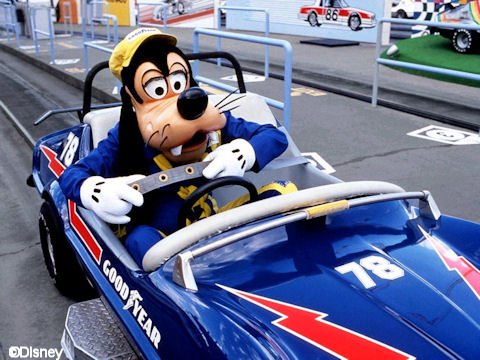
Below is the opening day attraction poster. Notice is says Gran (not Grand) Prix Raceway. Also notice the poster is almost identical to the Disneyland Autopia poster of 1956 (see above). We even see the same father and son passengers racing along the highway. Only the vehicle has changed. The Magic Kingdom poster displays a souped-up sports car.
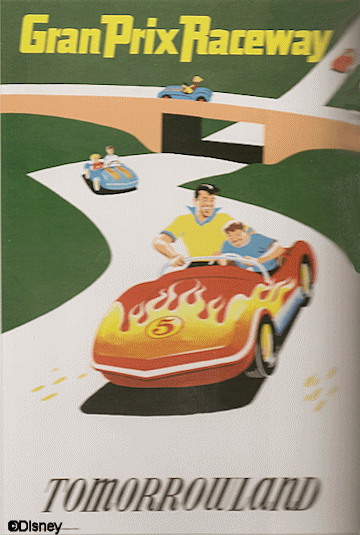
In 1978 a new poster was unveiled. Inspired by the 1966 movie poster “Grand Prix” (a film partially sponsored by Goodyear), the new artwork had a more hip and updated look. Later, when Goodyear dropped its sponsorship of the Grand Prix Raceway, the poster was changed ever so slightly. Only the name “Goodyear” was omitted and the Tomorrowland lettering changed colors.
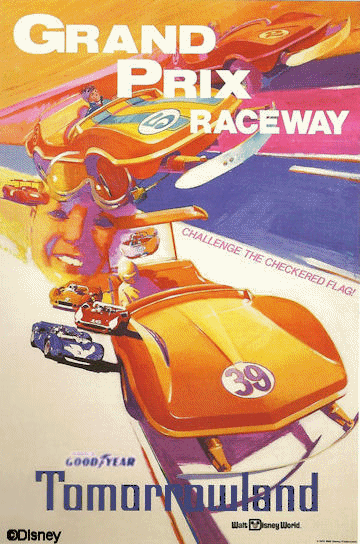
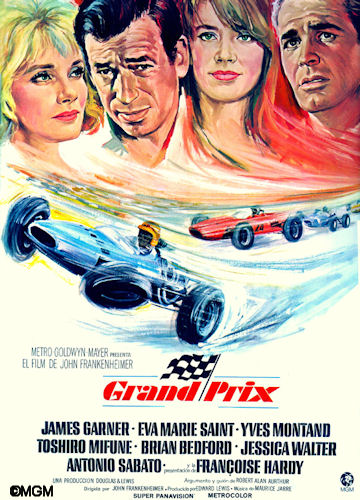
Goodyear also provided young drivers with affiliation to the “Grand Prix Racing Team.” The membership card which was presented to guests after finishing the course was signed by Russell de Young, Chairman of the Board and CEO of the Goodyear Tire & Rubber Company.
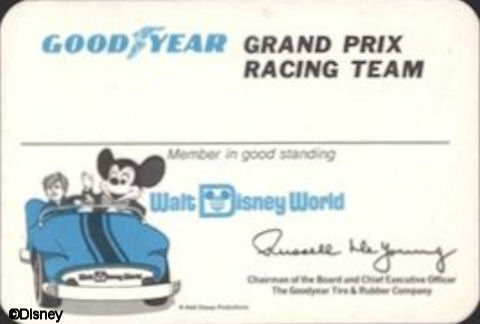
When riding the Tomorrowland Speedway, you may have noticed an enclosed viewing area perched above the loading area. This was the Goodyear lounge where company executives could entertain clients and show off their attraction.
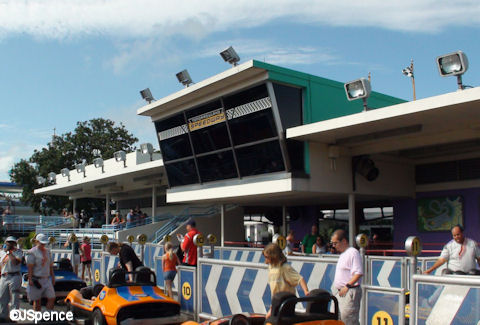
These next two pictures were taken in January, 1972. Notice how barren the attraction looks.
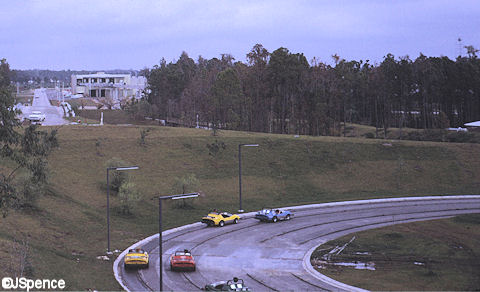
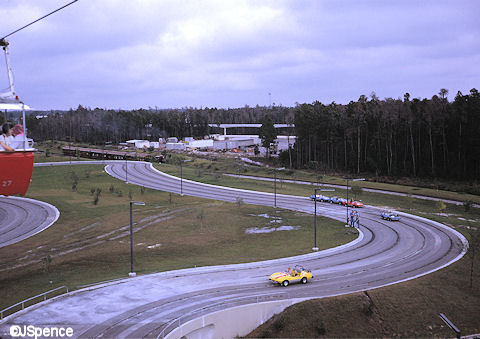
In 1973, the ride was expanded slightly. Then in 1987, the roadway was shortened to make room for Mickey’s Birthdayland which would open the following year. This area would later be remodeled and renamed Mickey’s Starland. More refurbishments brought about Mickey’s ToonTown Fair. And now Storybook Circus.
Below is an approximation of how much track was eliminated to accommodate Mickey’s Birthdayland.
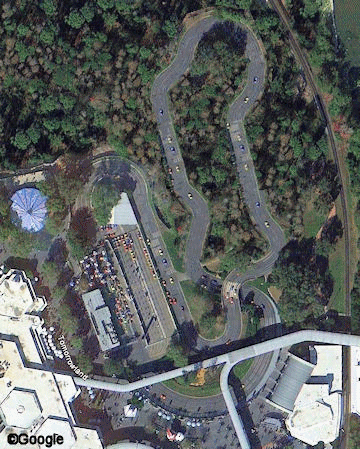
In 1994, Tomorrowland began a major makeover. The sterile concrete look of the future was giving way to a retro design. Check back next week when I’ll begin discussing how this renovation changed the Grand Prix Raceway and the other attractions found in the land of the future.

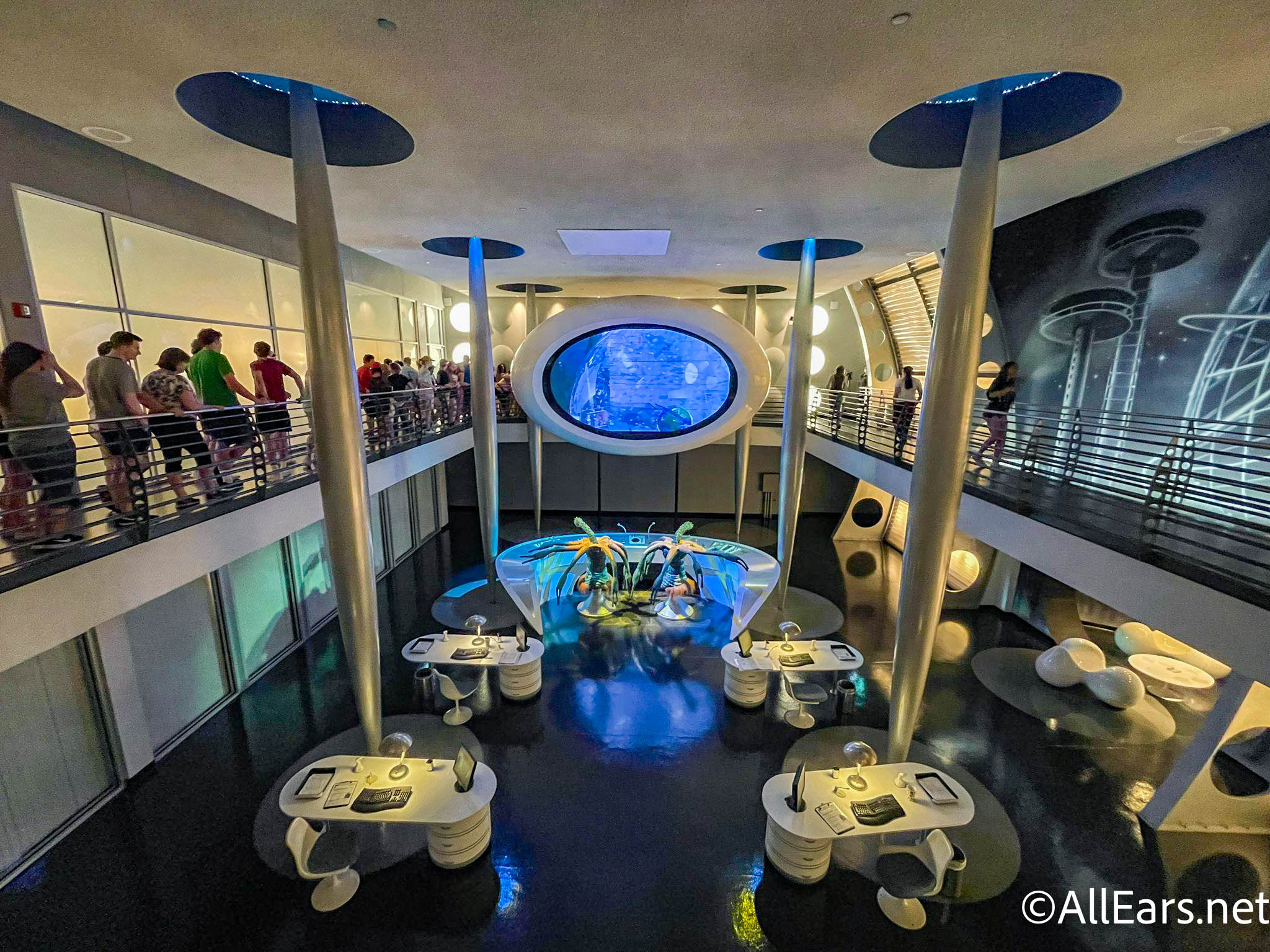
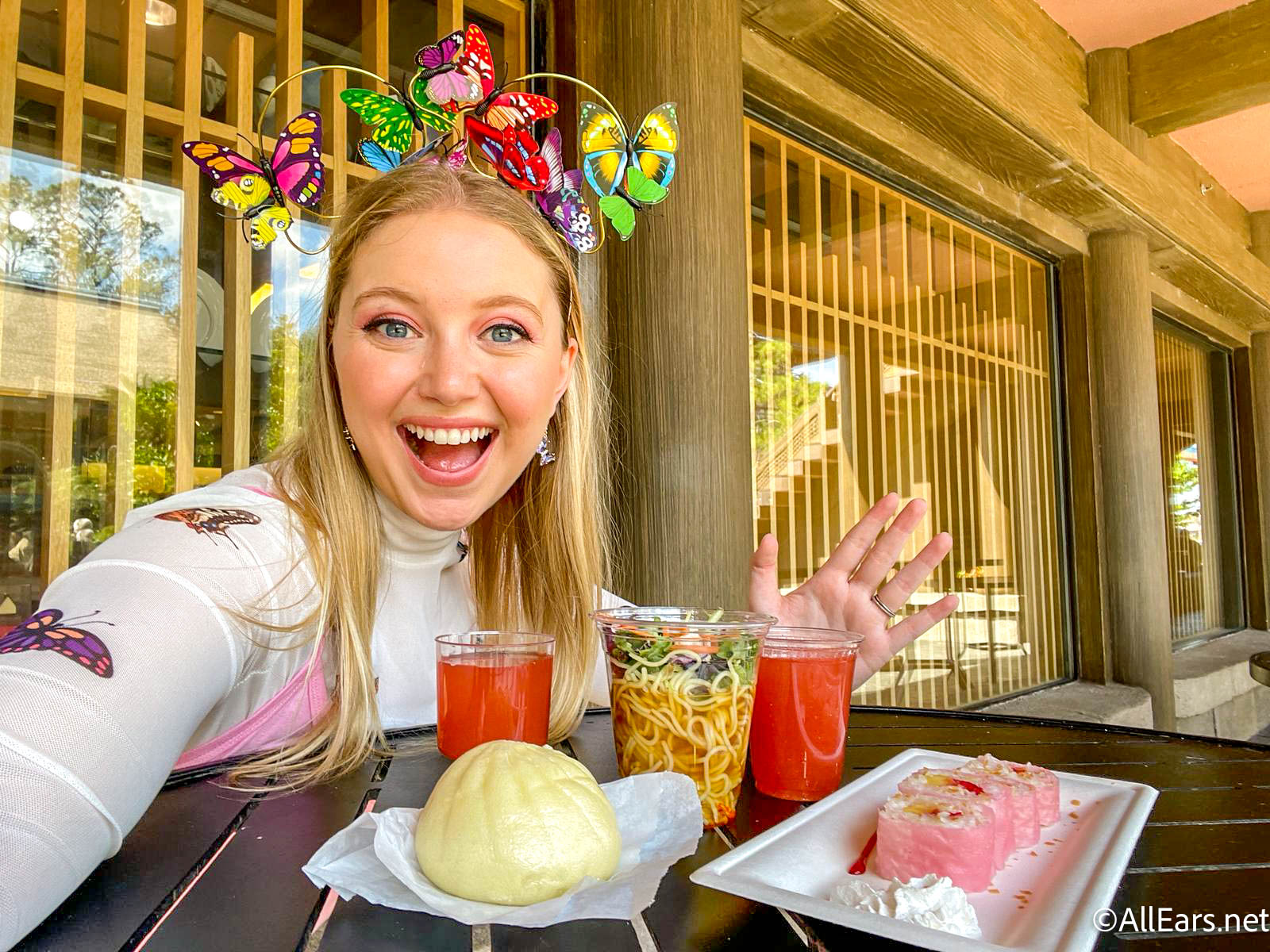
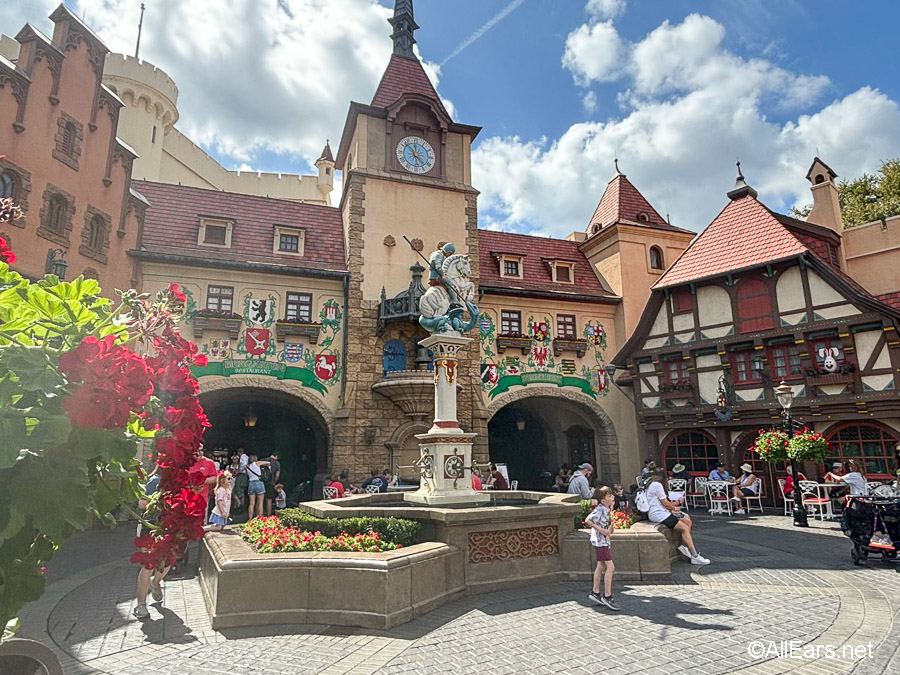
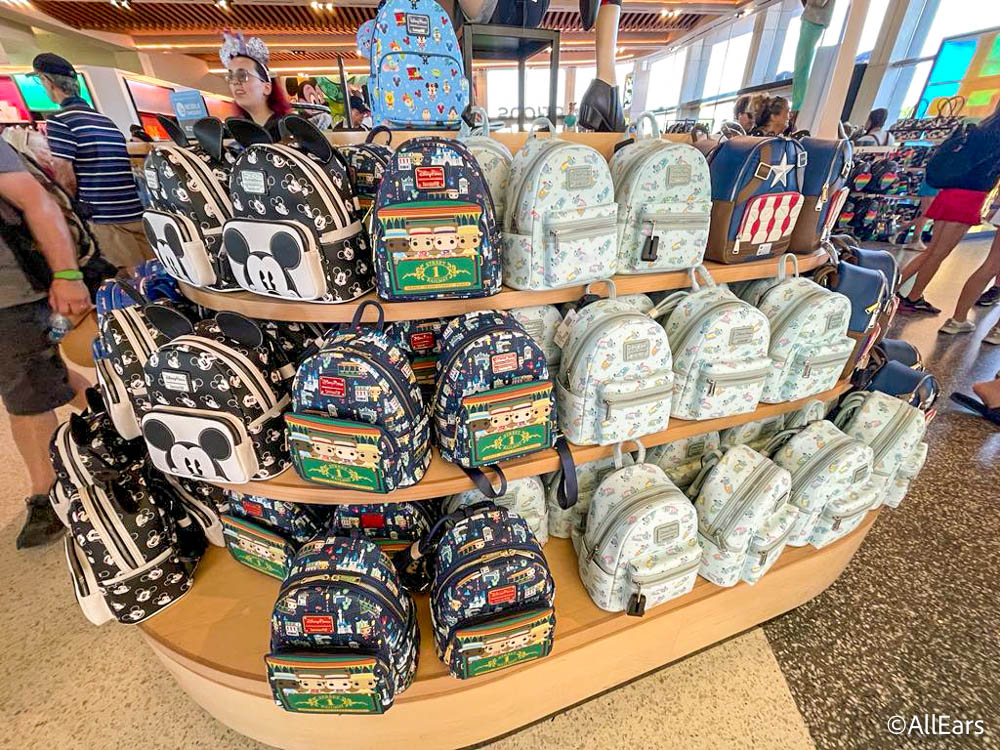
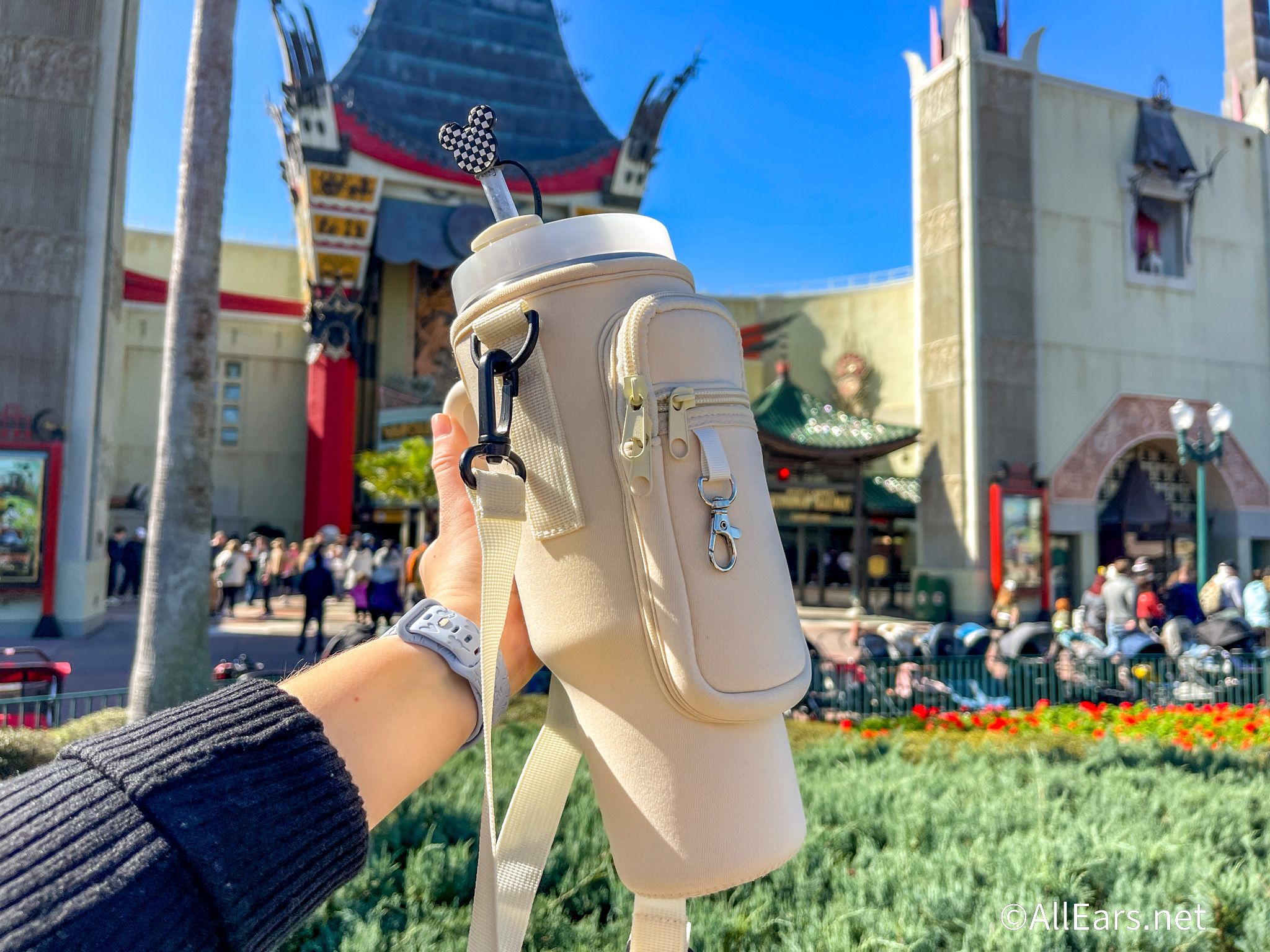

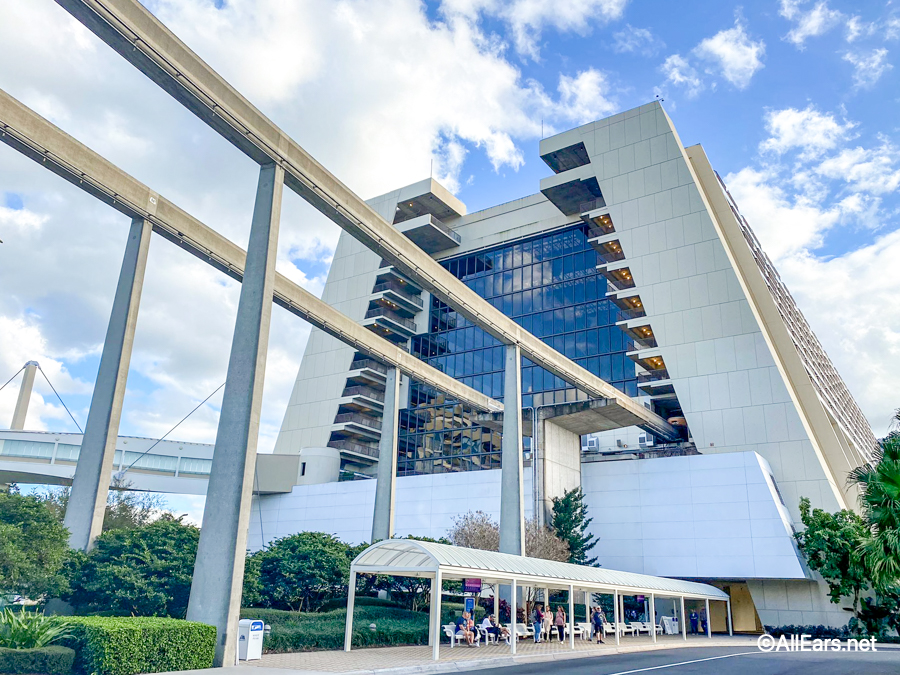

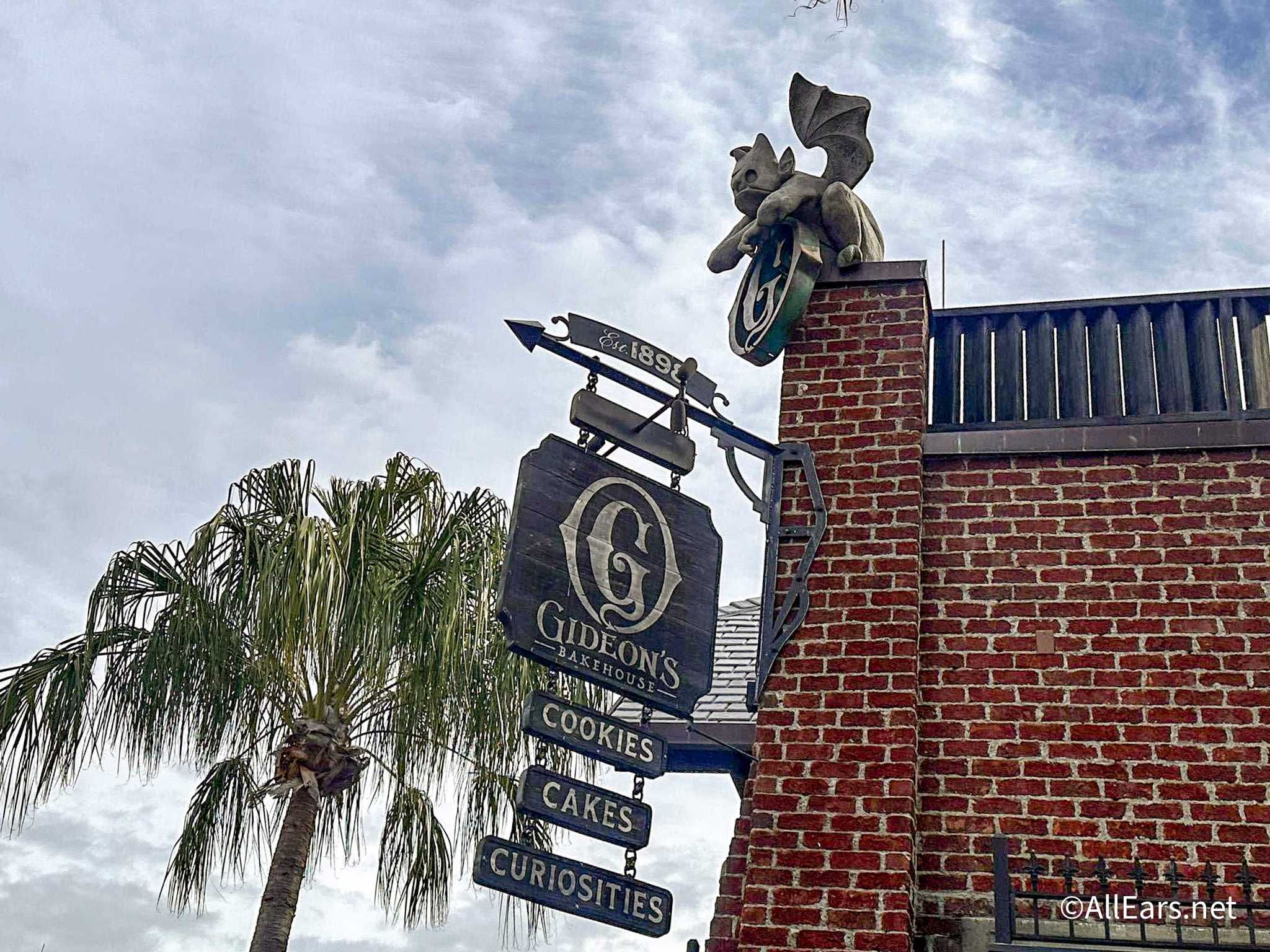

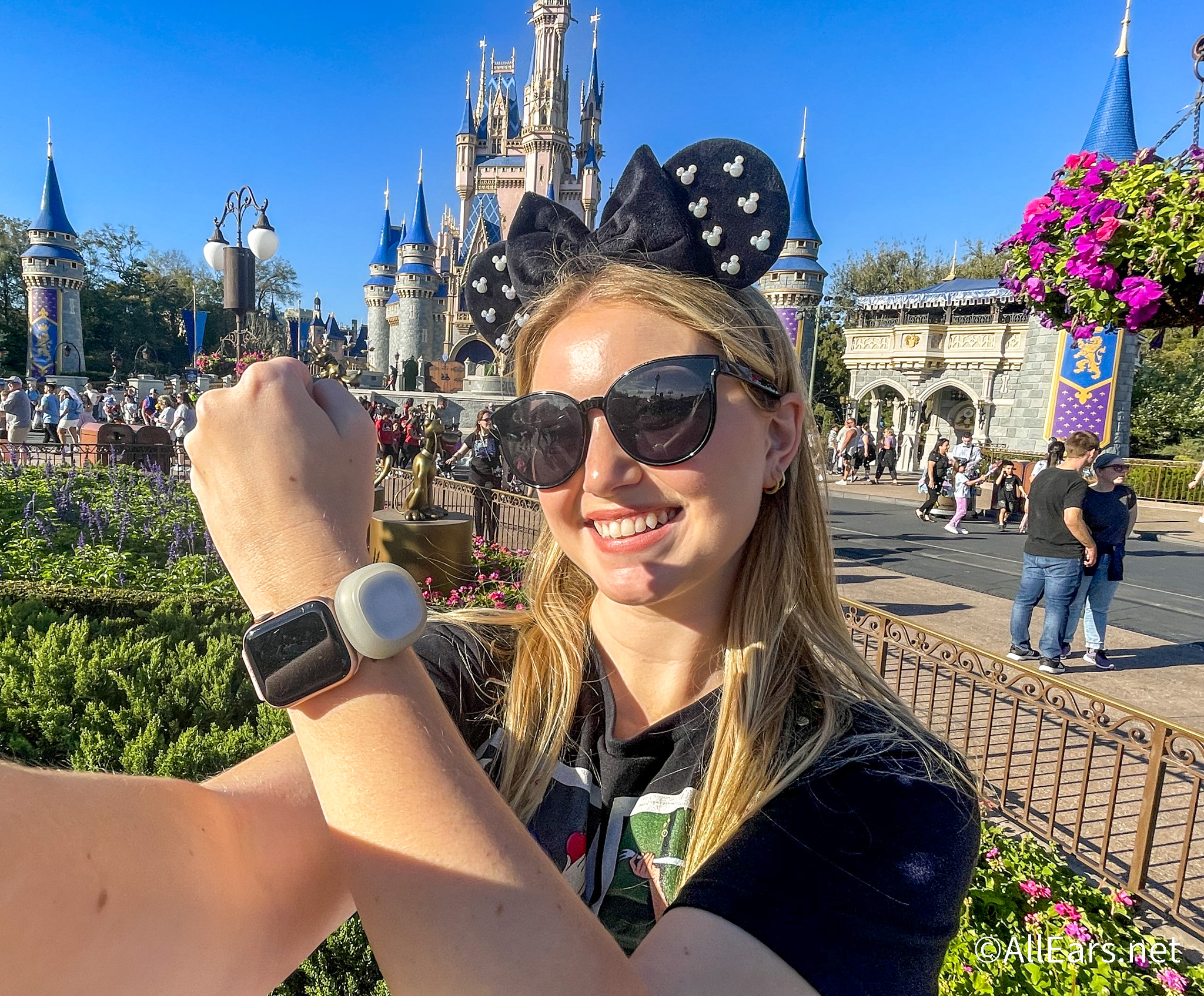
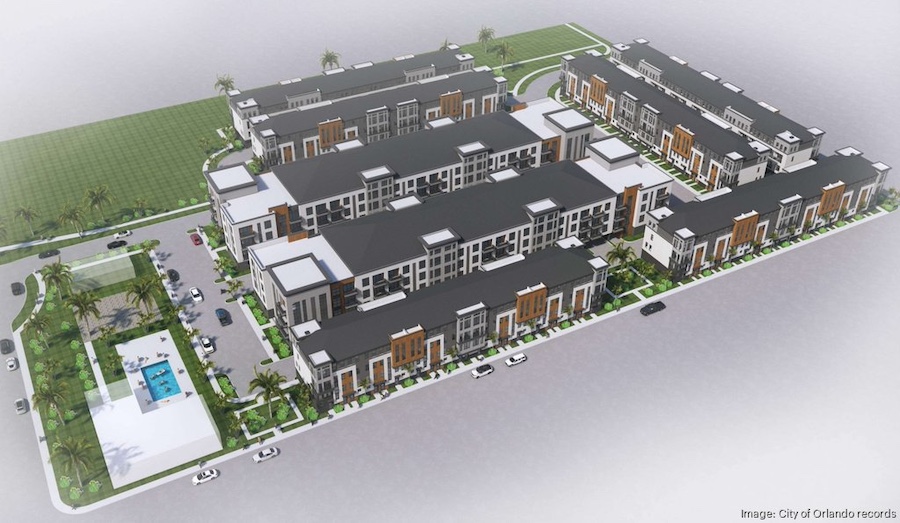
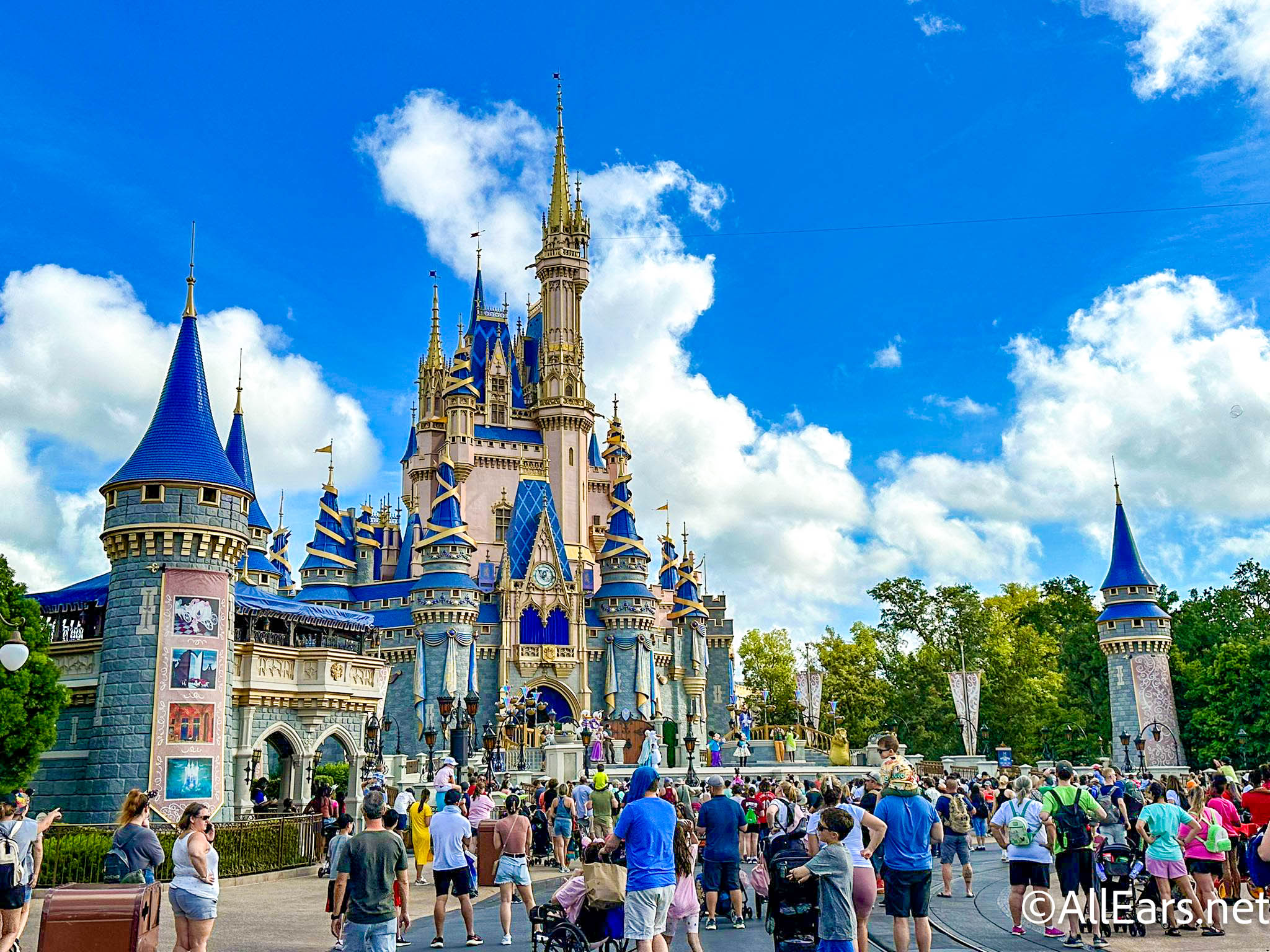
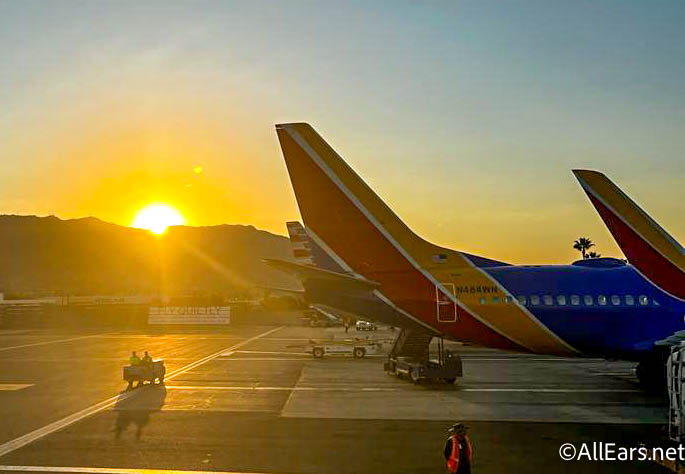
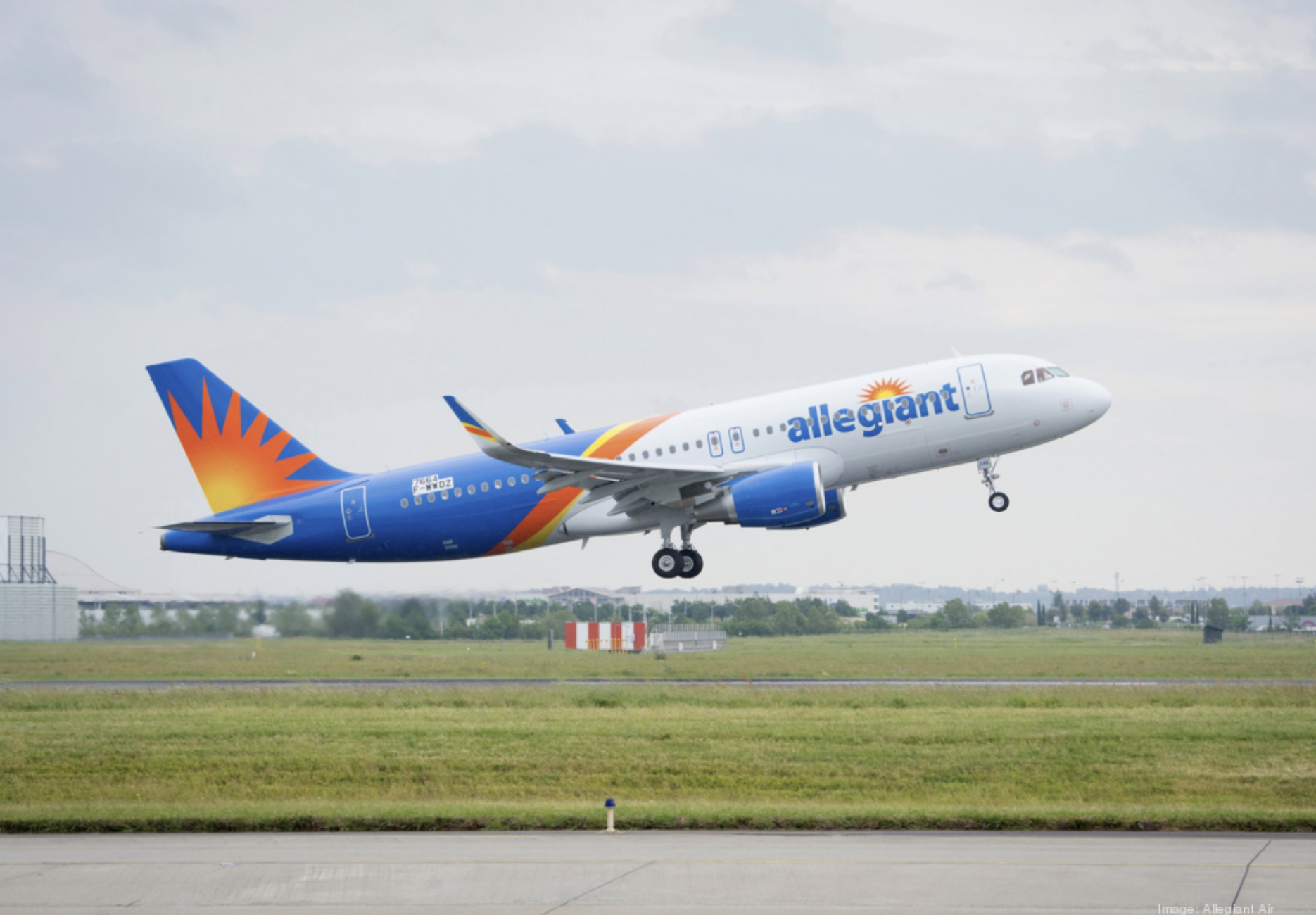
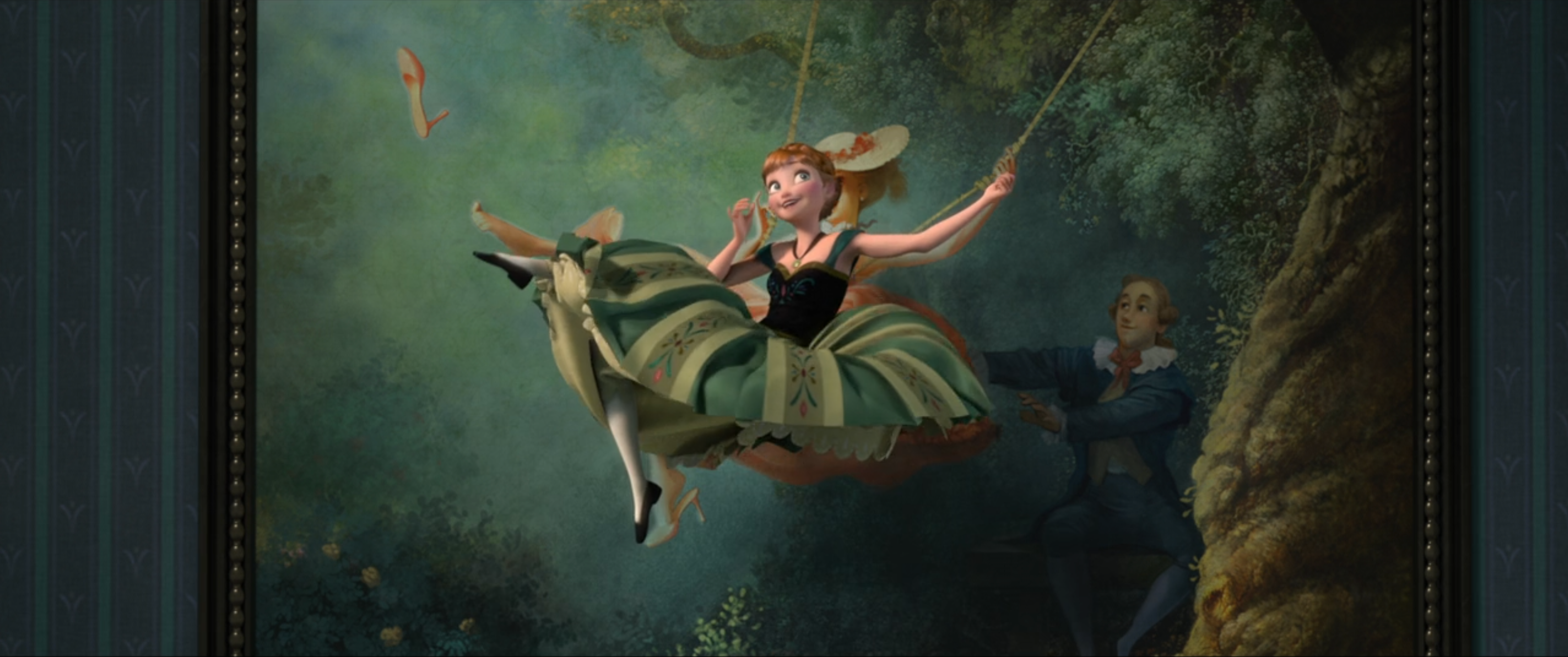
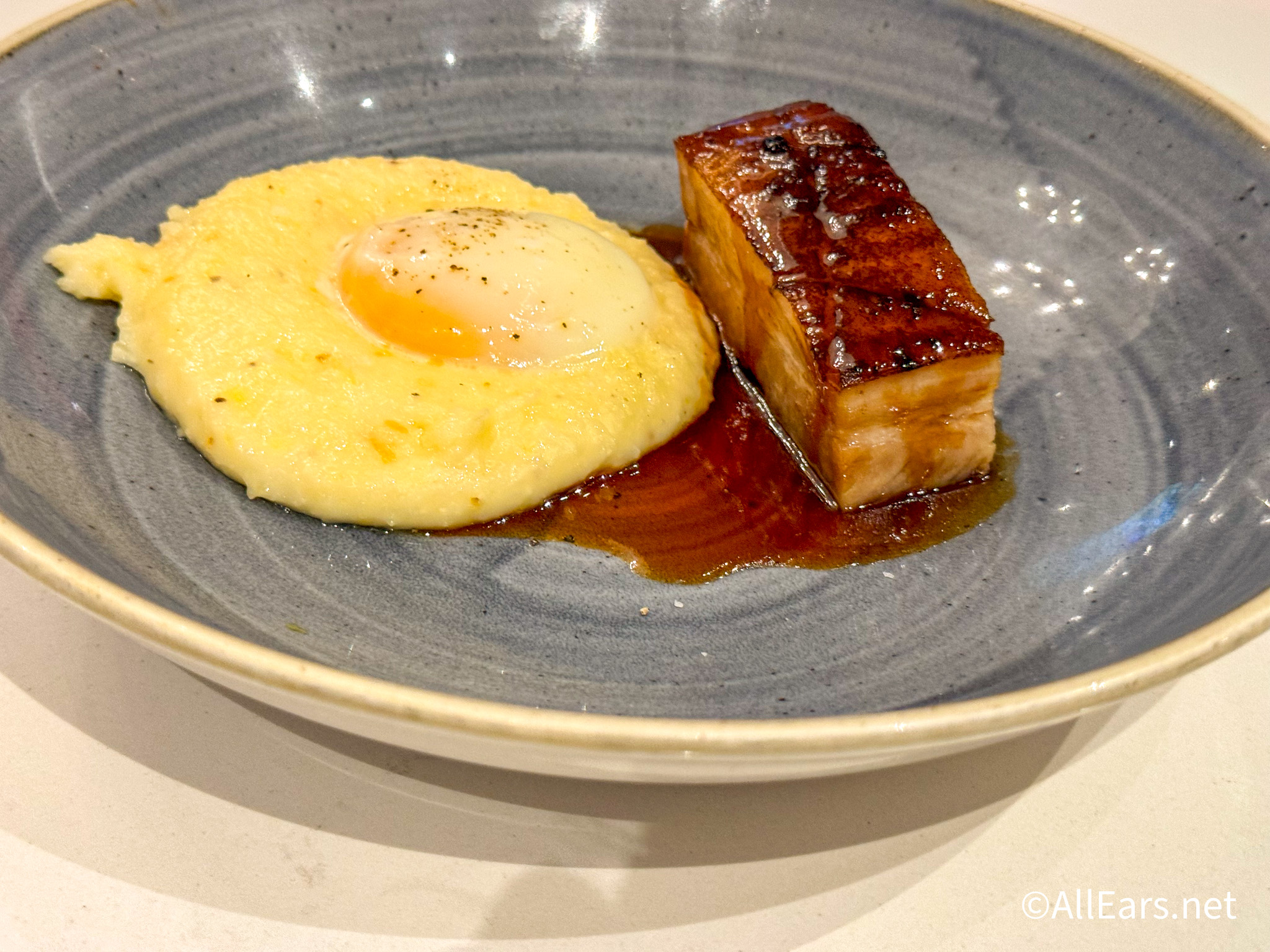
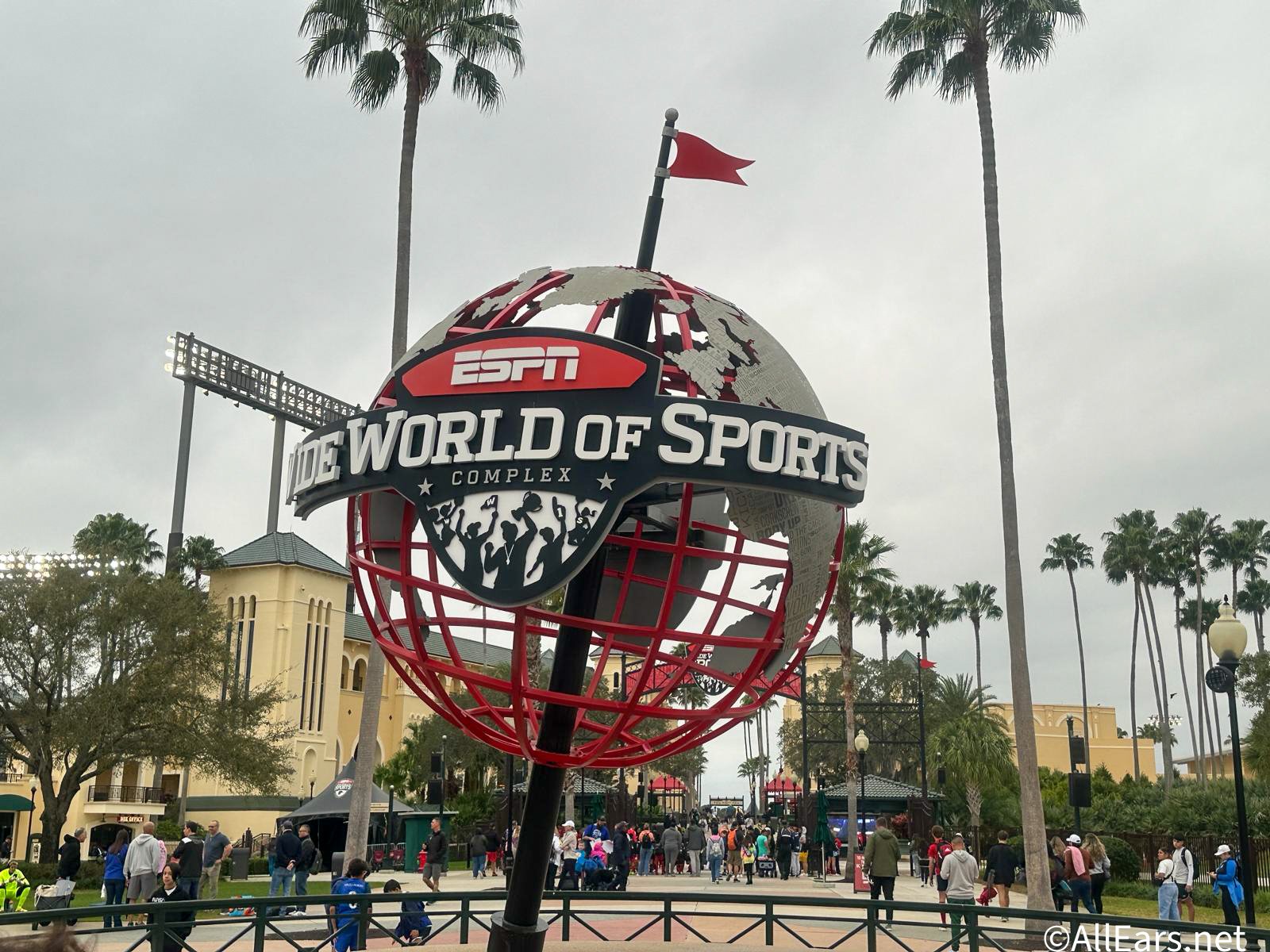
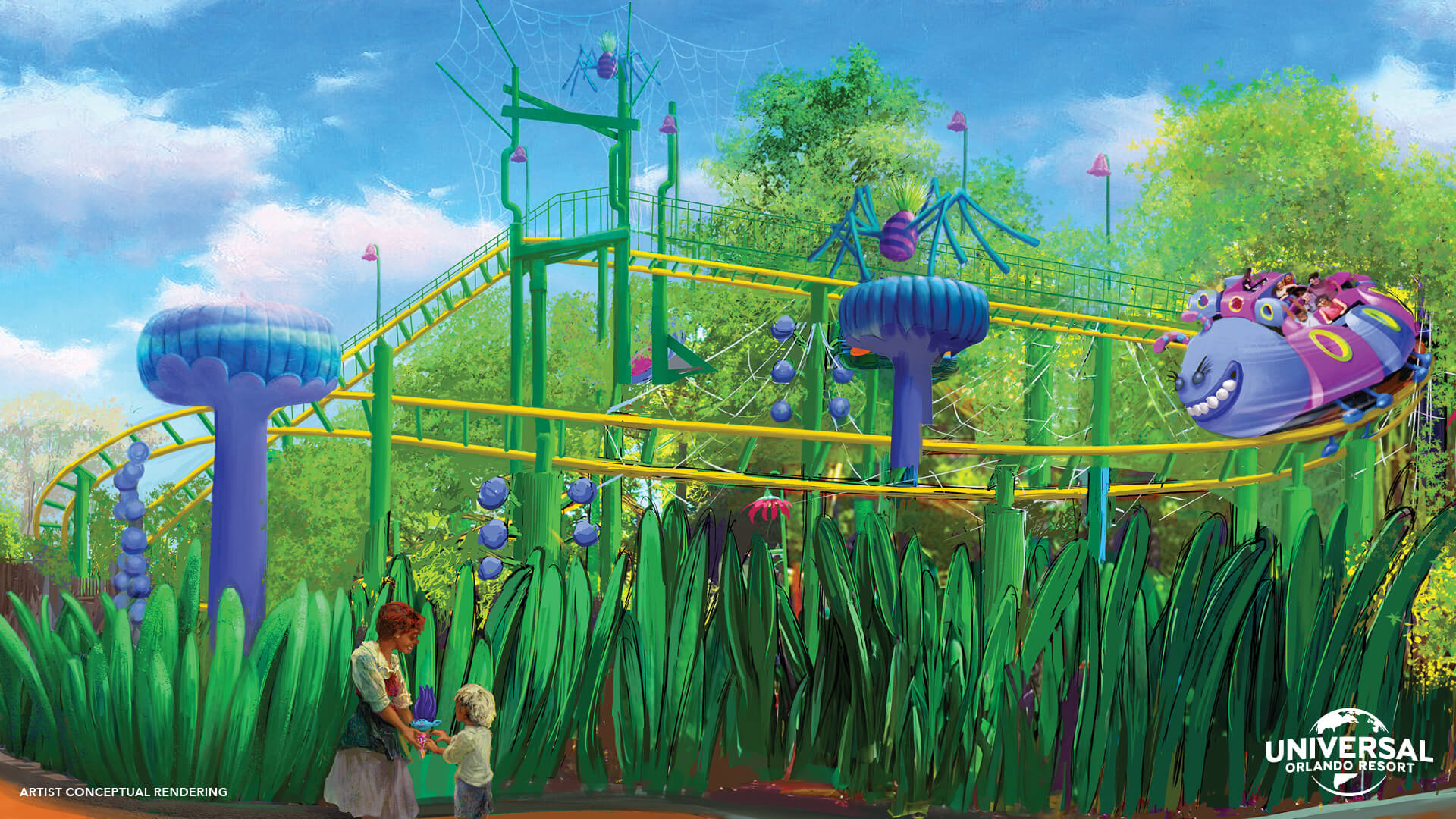
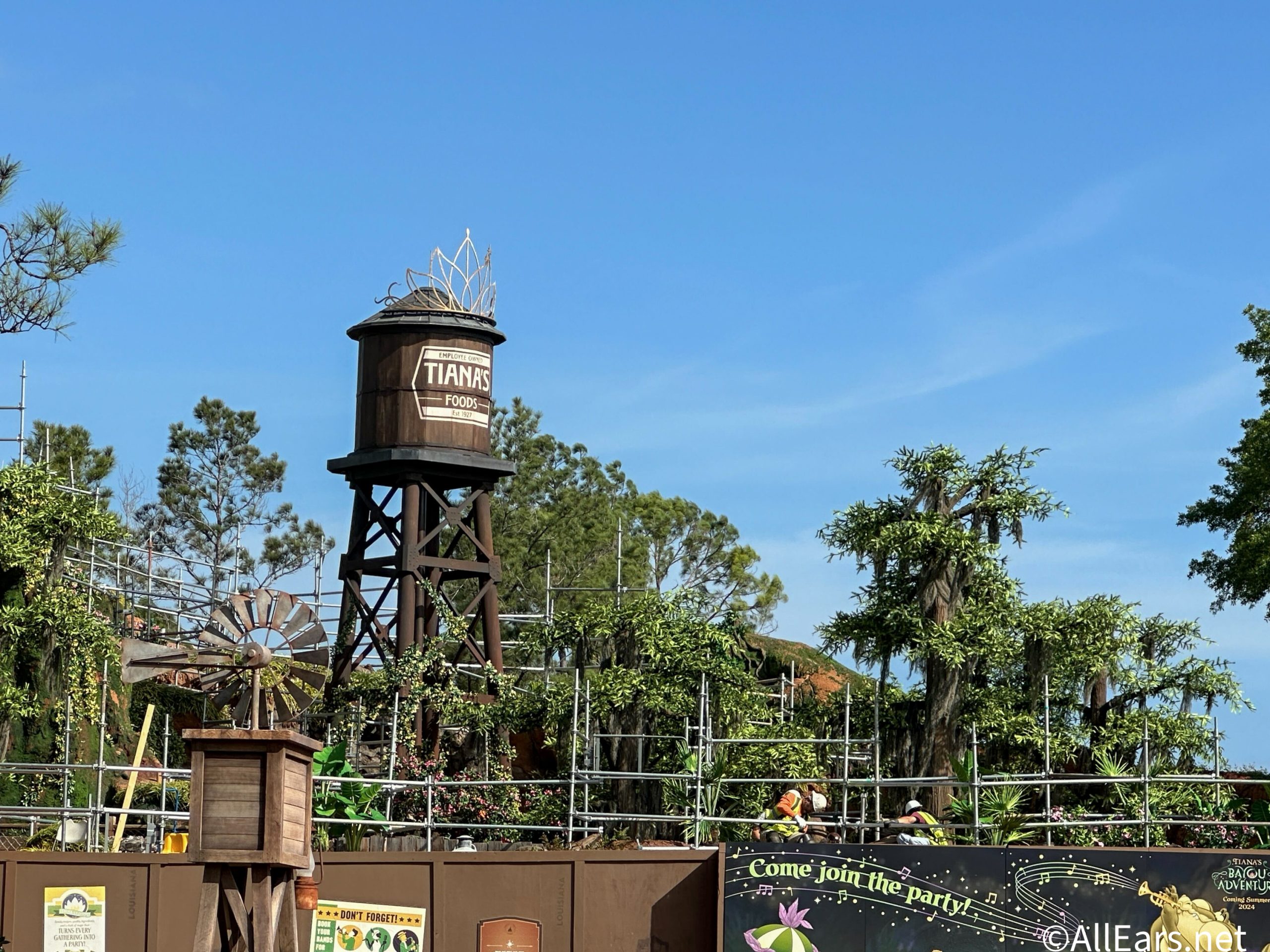

I remember the old seating configuration on Space Mountain well! As my parents and I were being seated, I insisted that I sit alone (I was about 9 or 10). During the ride, I ended up sliding all over the place and by the end was flat on my back on the seat. I can still picture the cast member standing over me at the unloading area asking if I was OK. I was just fine… I loved every minute of it! 🙂
Hi Jack,
The Speedway certainly needs updating. Not to beat a dead horse, but WHY are they still using those awful, loud, gas engines? Ick. I’m actually quite surprised they haven’t re-themed it to be Cars Land, since they love to tie in the park to the movies so much. At the very least, that ride could use lots of shade, some trees and maybe some fun, whimsical theming. It could be really fun, but right now, it looks tired and lacks imagination.
I remember being a young kid going to WDW in the early 70’s and being too short to ride Space Mountain. Then when I was tall enough to ride I was too afraid of the “Dark Space Ride”. When I finally got up the courage I sat in my moms lap as there was only two seats in the begining. I felt safe with my mom holding on to me but as we reached the top and started our descent her hands left me to grab onto the car as she shouted “Robert save yourself”. One of the many memories that I will have for life thanks to Uncle Walt
on one of our earlier trips to Disneyworld, we rode the people mover in tomorrowland.
space mountain was shut down for maintenance so the inside of the ‘dome’ was
lit up and people were in there welding.
to see the ride in the light was awesome. it looked like God just took a whole
bunch of steel and threw it in a pile. the ride, (we’ve since have riden it) is a lot longer
than you would think because the track goes over and under and around itself so
many times. you definitely don’t want to stand up!! (even if you could)
tho disappointed we didn’t get to ride it that time, it was something to see. on a
subsequent visit, we did get to ride it……and no thoughts of standing ever entered our mind.
Thanks for another thrilling installment Jack!! Space mountain is one of if not my all time favorite attraction. And congrats at being the host for the Disneyland Space Mountain press event that opened this attraction. That is Awesome!!
Do you remember the loud “noise” and blast off in the “Launch” tunnel at the start of the ride. I’m glad that has been toned down a bit. I recall it being very deafining and anoying. Interesting to note growing up we had a Chuck-e-Cheese that opened in my home town. In it was a crawl-through maze type attraction called the “Cheese factory” in part of it was the same sound effects from that launch tube on Space mountain. I hated it then to. Lol. I recall reading somewhere that one of the former Disney Imagineers was part of the development of Chuck-e-Cheese. interesting if that were true.
One final note. I cant help but to notice how reminicent the artwork of the 1978 posted for the Grand Prix is to many of the Atari Cartridges of the late 70’s/early 80’s! Cool. Thanks again for another awesome article!!!
Rob
I was just describing my first Space Mountain ride in 1975 on my first family trip to WDW to my daughter(again)and her best friend today. My family was clueless and rode after breakfast in the AM. I have always remembered the order on the ride of Mom, Dad, me and big brother John. Mom kept yelling back “Mary, hold on!!..” Hilarious to me now. It is really funny and a bit sentimental to see your photos of the configuration that I remember. I did talk to my daughter about it before when we were there in May 2012 and probably will again when we are there in Nov 2014 for my 50th birthday trip. Love the momentary trips to the past and validation of my memories.
My husband and I were just talking about what could Disney do to make the speedway up to 21st century standards. It’s one of those attractions that should stay, but needs to be “refreshed”. I wonder how long before electric cars are made, as the technology is getting better. I think the cast members would greatly appreciate that, asit could provide better load/unload times with no fumes!!
On another note, on our last visit, our second oldest son, 16 at the time, was really wanting to finally get a chance at driving a WDW race car, as we had bypassed it previous trips. That is all he talked about during our trip planning, drive down, and the entire trip. The lat time we took a lap was when he was too young to drive by himself. When we got to the ride, I loaded my car with a younger child, and looked back to see if everyone was situated. When I looked back, I saw was my 16yo son sitting in the passenger seat with his older brother, who has Down Syndrome, in the driver’s seat. After the drive I quietly asked why he let his older brother drive. He replied, I can drive a car anytime, he can’t. He gave up his chance to finally drive the car at WDW for his brother. The magic WDW can produce is wonderful, isn’t it?
Hi Jack! I love both the Grand Prix and Space Mountain. They are always on the “must do” list when we visit. However, I do miss the original seating on Space Mountain(as a bit of a chicken, I felt more secure with someone directly behind me).
Last July when we were on the Grand Prix, we got stopped to unload just as a huge downpour started. When we got off the ride, we were drenched! We looked like we had just ridden Kali River Rapids. Our photos later in the night reflect that perfectly. Ah, another Disney memory…We are still laughing about it. 🙂
I’m loving your blog entries about Tomorrowland. I’m just curious why did Disney decide to make the Que line for Space Mountain, SOOOO long? Sometimes I don’t want to go on it because of the long unneccesary que line where you walk for what seems like hours. I’m surprised they didn’t make a moving que line to help with the wait on the way in. 🙂
Jack’s Answer:
Space Mountain opened in 1975. At that time, there were very few “E” attractions in the park. Disney knew this ride would be busy, thus, they made a very long queue to handle the crowds. However, even today, the entire queue is utilized during certain times of the year, for example, Christmas week. At this time, the line can extend beyond the door.
Hi Jack,
I just wanted to say that I love Tomorrowland the way it is now (minus Stich’s Great Escape) and I really love the history of all things Disney and I just wanted to tell you that this series has been one of my favorite series/blogs that you have done. I love reading your stuff but this is the most excited I have been about anything that you have posted. Thanks for all the insight and history of one of my favorite spots in all of WDW
Hey Jack
Space Mountain is always a must do when we visit. It is thrilling and exciting every time I go on it. The only thing I don’t like about it is the seats. They are a little difficult to get in and out of for me. As for the Grand Prix Raceway, it is not a must do, but it is fun if there is not a long wait time. Can’t wait for your next blog and as always keep up the great work.
The Raceway/Speedway always seemed “forced” into the theming of Tomorrowland to me, even in the 1994 overall makeover. However since its location is somewhat removed from the other Tomorrowland attractions, the impact is minimal.
I would like to address another issue. The attraction is fan-favorite, particularly among the younger circuit. However, the concept of the attraction- gasoline-powered, slow moving vehicles- seems at odds with a company that strives to be “green” wherever possible.
Jack’s Comment:
At Hong Kong Disneyland, their Autopia (mini-cars) are electric. They recharge while in the station and then can easily make the circuit before returning to the station for another charge. I too wish Disney would update their version of this tired ride.
The Speedway was one of our kids’ favorite rides when they were small. Today, it seems very dated, with dozens of smelly, polluting gas-engined cars that have to be a maintenance headache — why not electric at this point? And even with the 1987 track shortening, it occupies a lot of valuable real estate.